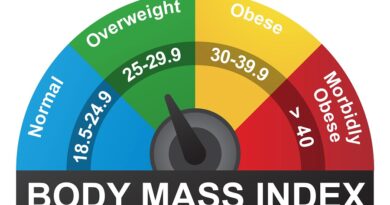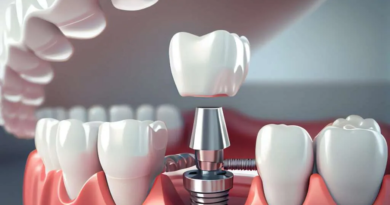What are the signs of macroglossia?
A normal and abnormal facial feature may look the same to most people until a person with abnormal facial features develops symptoms that lead to a certain degree of discomfort or affect their daily life. The best way to understand this is to get checked or discuss with healthcare providers. Do you know that there are over 70 genes that could affect facial features? This means that to differentiate what is normal and abnormal one may seem different to the public eyes and healthcare providers. In this DoctorOnCall’s article, we will be learning about one of the rare diseases that affects facial features, known as macroglossia.
Macroglossia is defined as abnormal enlargement of the tongue in proportion to other structures in the mouth. In other words, macroglossia is a big tongue. Macroglossia can be classified into two categories, a true macroglossia which represents true enlargement of tongue and relative macroglossia or pseudomacroglossia which a normal-sized tongue seem large compared to other nearby anatomical structures.
Macroglossia is usually detected in infants and children due to congenital issues that present at birth. Common congenital defects include Beckwith-Wiedemann syndrome, Duchenne muscular dystrophy, Hunter syndrome, Hurler syndrome, neurofibromatosis type 1 and infantile haemangioma. However, adults may get affected as a result of other diseases of metabolic or inflammatory conditions such as amyloidosis, hypothyroidism, acromegaly, trauma and tumour. Macroglossia due to Down syndrome is known as relative macroglossia due to occurrence of the large tonsil that pushes the tongue forward or reduced space of the oral cavity.
Signs of macroglossia greatly vary with underlying cause and ranging from mild to severe. Common signs include shortness of breath, difficulty swallowing and chewing, speaking problems, drooling, mouth sores or ulcers, snoring and mouth breathing. Dental abnormalities such abnormal growth of jaw and teeth may be seen in persons with macroglossia. The enlarged tongue may protrude from the mouth in extreme cases. In some cases, the tip of the tongue can be extended to the nose and chin. Changes of the tongue surfaces may occur in certain cases.
Macroglossia can be diagnosed by doctors by evaluating tongue appearance and its symptoms. It can be diagnosed through a physical exam by a medical professional. In most cases, infants often show obvious signs at birth. Doctors may recommend additional tests such as biopsy, fine needle aspiration or gene analysis to find out the underlying condition. During pregnancy, an ultrasound scan can detect macroglossia in babies in the womb.
Treatment of macroglossia depends on the underlying cause. Macroglossia that occurs at birth may resolve as the child grows but if the issue persists, it is best to get checked. Tongue size can be reduced through surgical procedure or dental and orthodontic procedures. In cases of macroglossia in adults, management of the underlying disease can greatly help with macroglossia. If the tongue enlargement does not affect a person’s daily life, they may not need any surgery and a speech therapist can help them adapt with the current situation.
It is important to treat macroglossia because when it is left untreated, it could lead to many complications. Ulceration and infection may occur due to repeated protrusion of the tongue and mouth movement. Macroglossia can lead to airway obstruction which can lead a person unable to breath. Difficulty to chew and swallow can greatly affect a child’s nutrition status which makes them prone to other diseases.
It can be concluded that macroglossia is more than just enlargement of the tongue. The symptoms can lead to a person’s quality of life being jeopardised. Outcome of treatments for macroglossia depends on the underlying cause and the severity. Unfortunately, macroglossia could not be prevented but early diagnosis and treatment can prevent complications.
Also, read – Dengue prevention.




